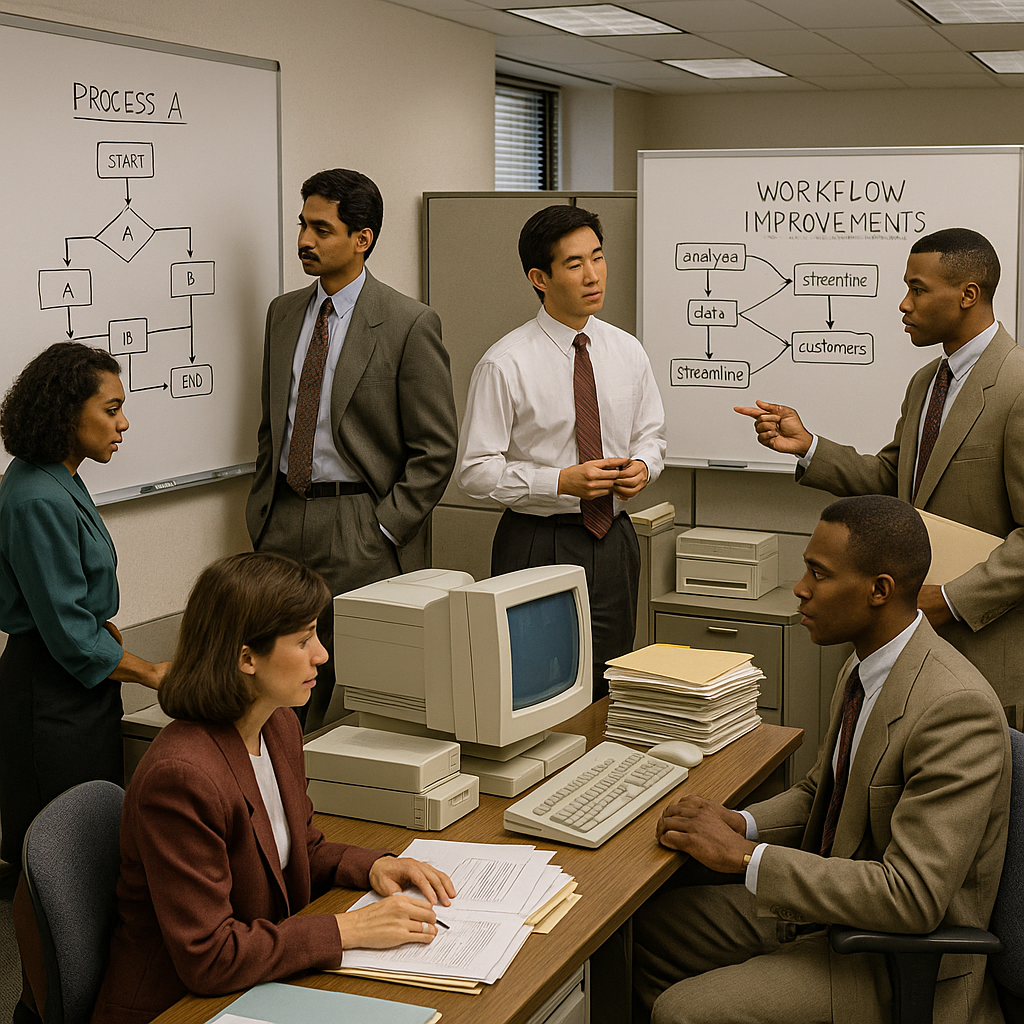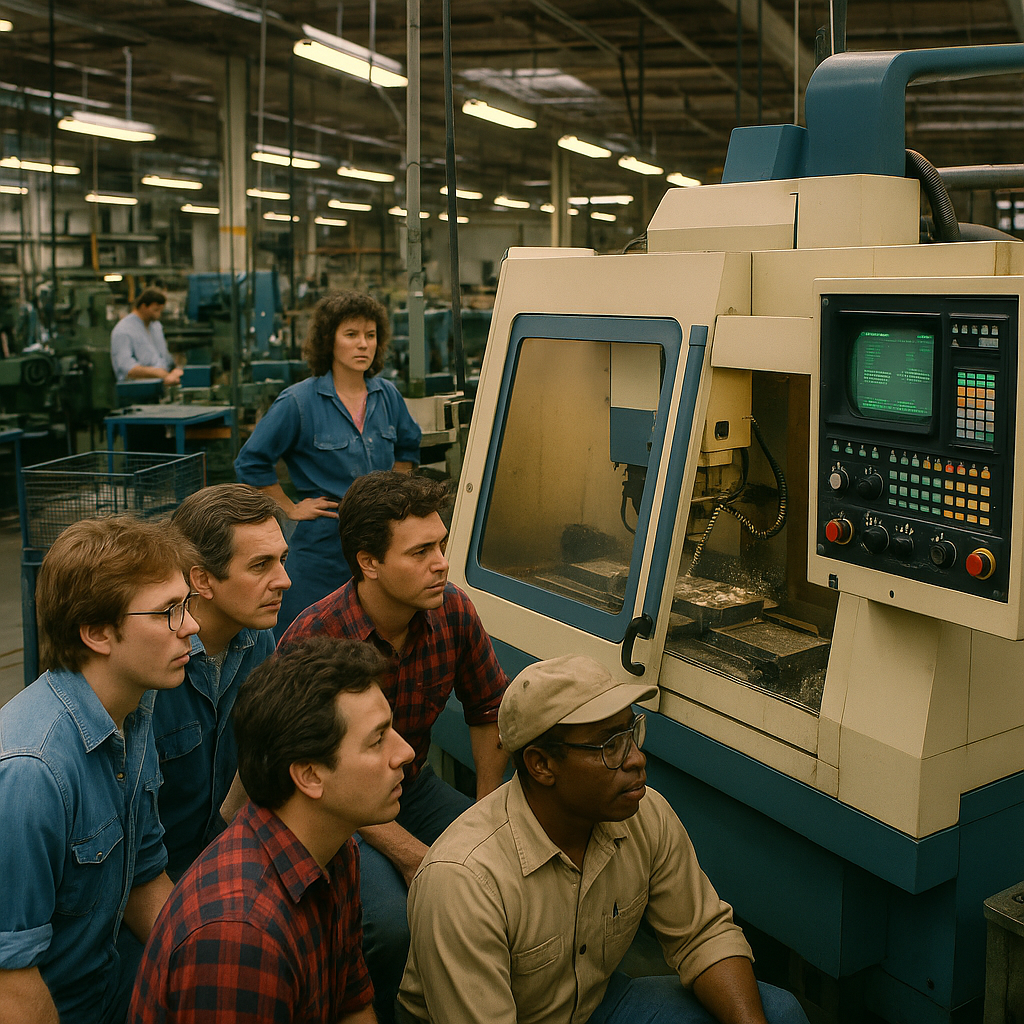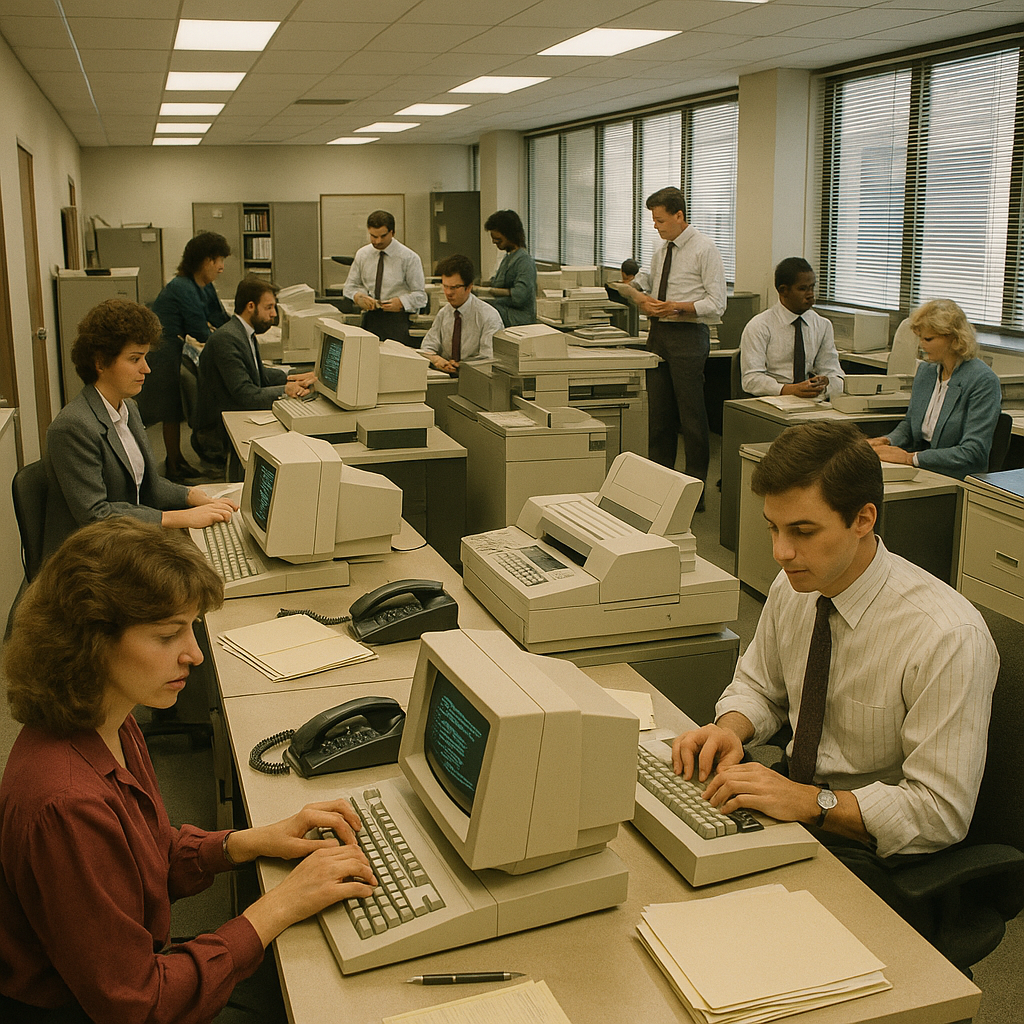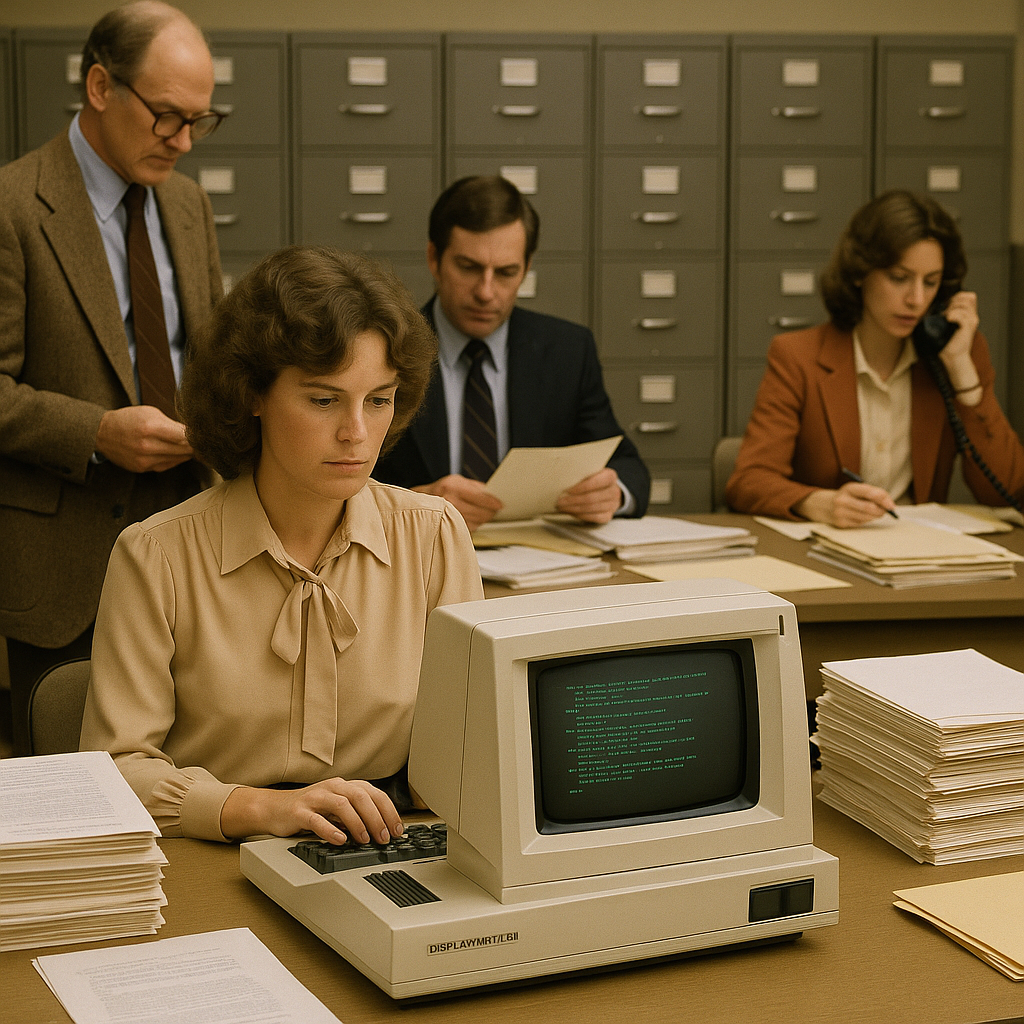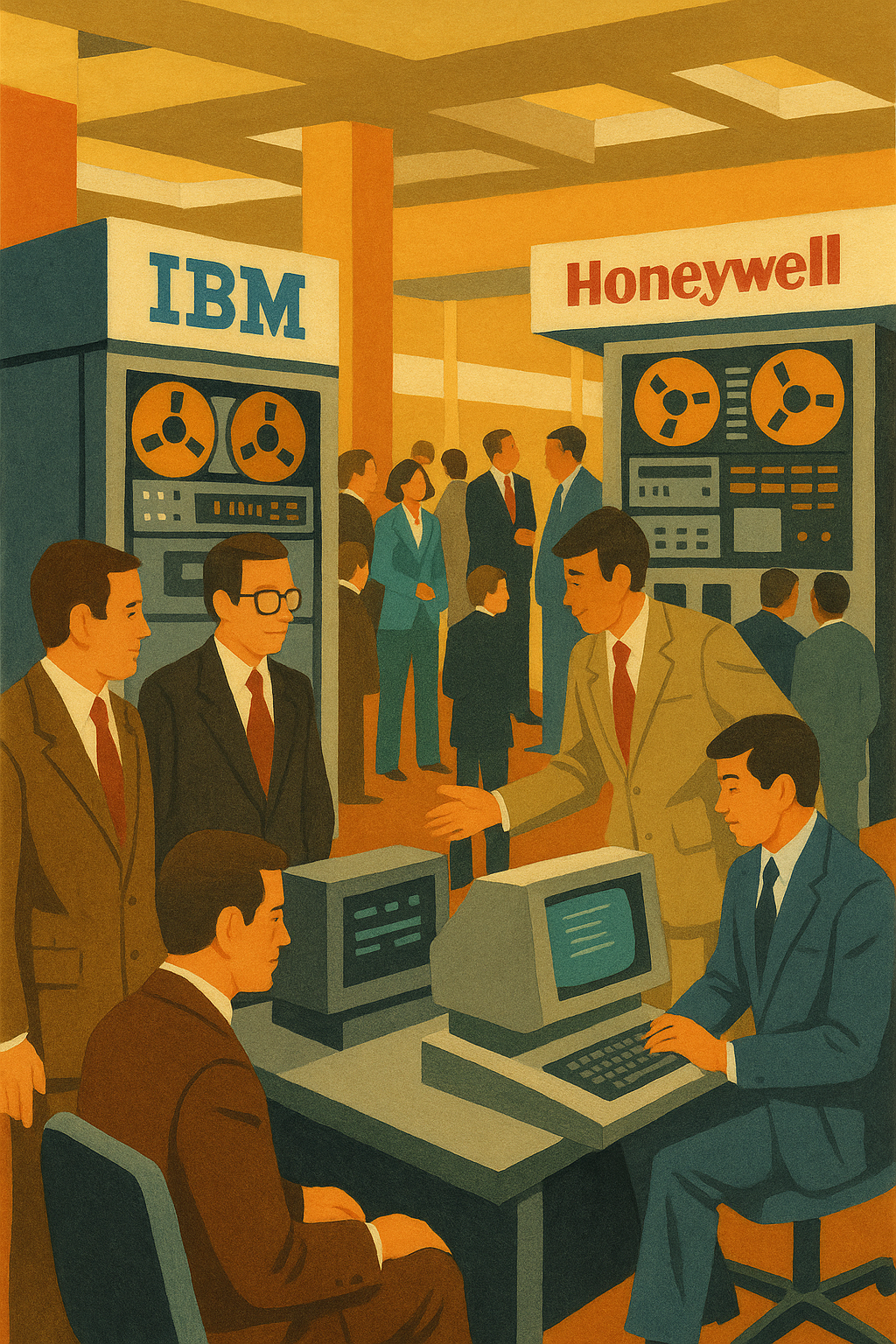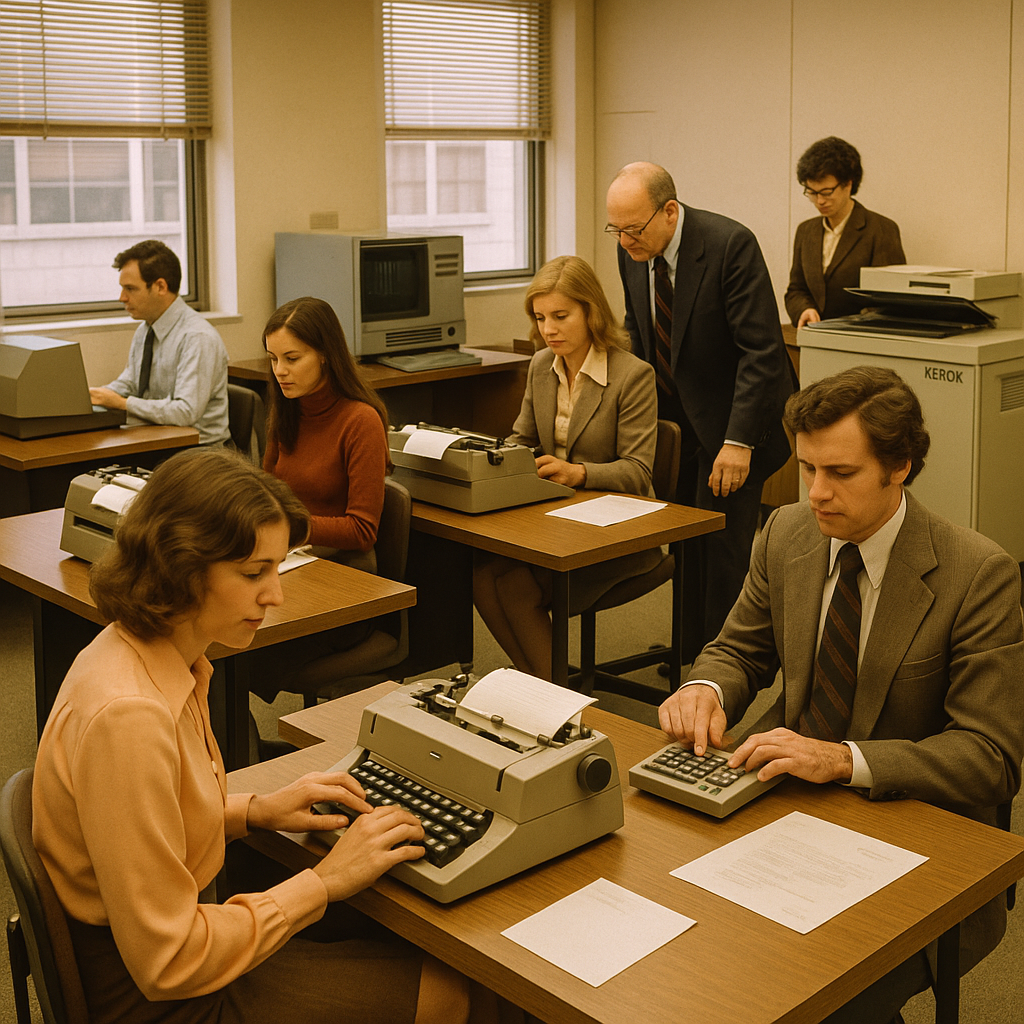Business Process Reengineering: The 1990s Revolution in Organizational Change
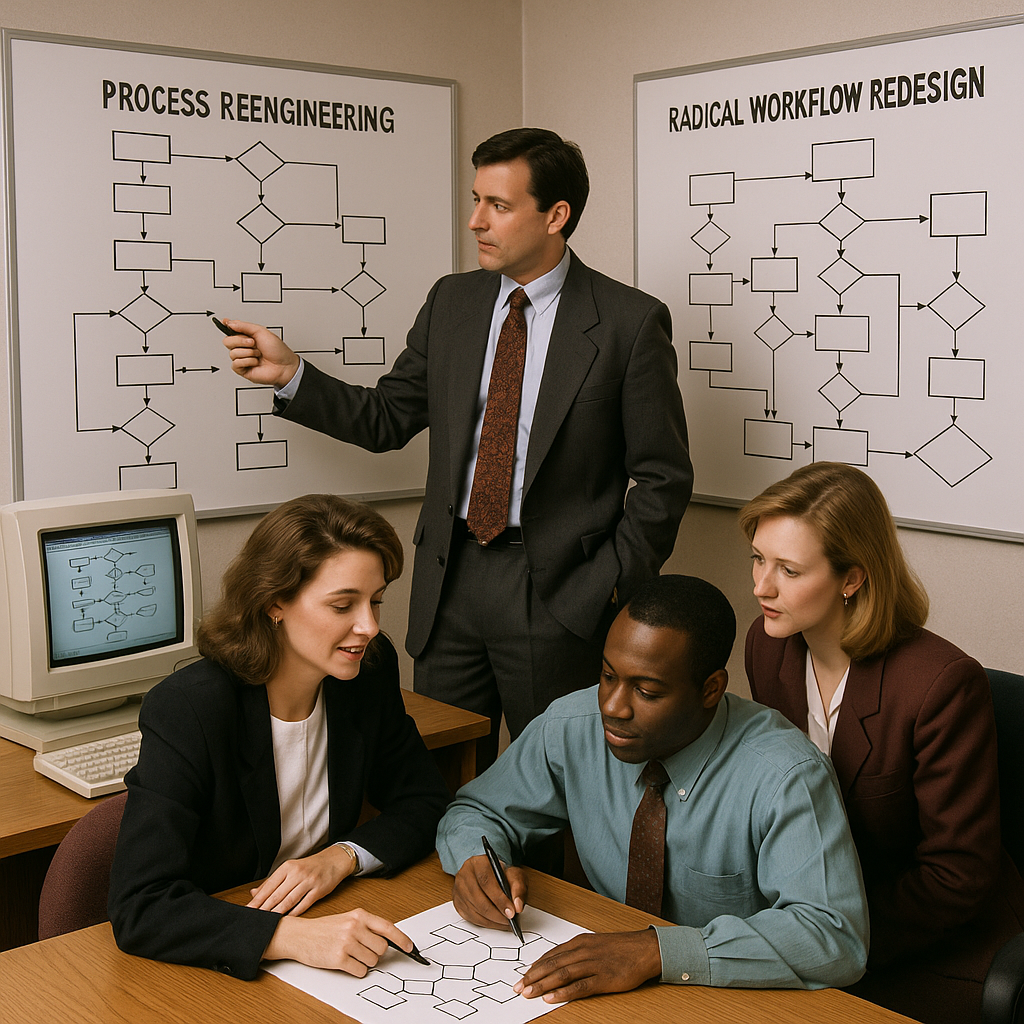
The BPR Boom: Why Every Enterprise is Rethinking the Way it Works (1990s)
By the early 1990s, the business world was experiencing seismic shifts. Fierce global competition, explosive growth in personal computing, and the relentless rise of automation technologies forced companies to ask: Is the way we've always done things still the best way? That's where Business Process Reengineering (BPR) stepped in, promising radical gains by reimagining—not just automating—core business processes from the ground up.
